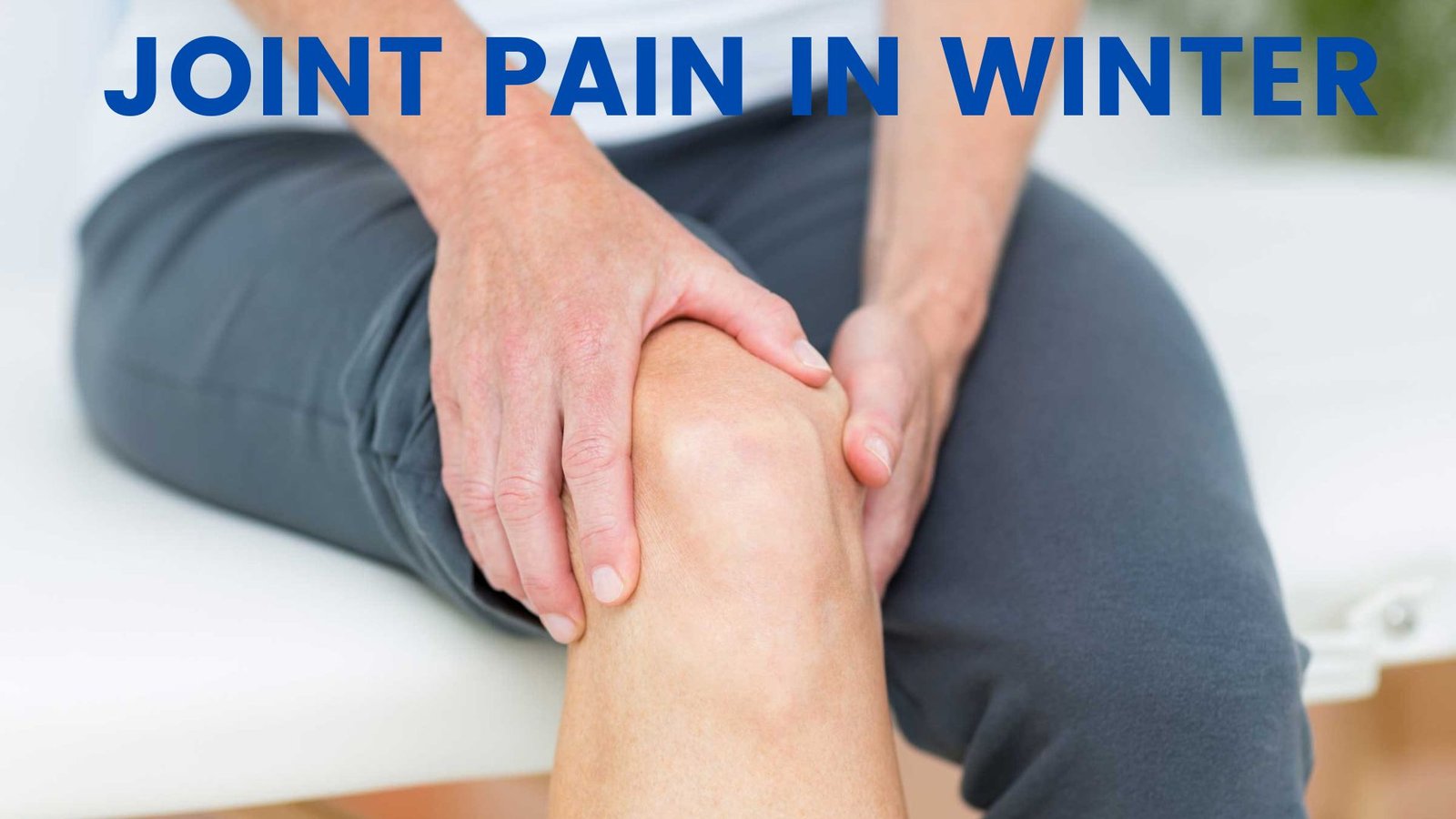During the winter, joint pain is a frequent problem that many people experience. People with arthritis may find winter to be a living hell. Wintertime discomfort is made worse by delicate joints, which are substantially more susceptible to pain in the cold. Joint pain is frequently related to injuries or aging. People with joint issues are either older people or athletes. But some changes come with winter. During the winter, a lot of people who don’t generally experience joint pain at any other time of the year might.
What are the main reasons for Joint Pain in winter season?
Effect of barometric pressure
In Winter, weather is cold, which causes variations in atmospheric pressure. The barometric pressure often drops throughout the winter. As a result, your body experiences reduced air pressure. These cause discomfort by causing swelling in the muscles, tendons, joints, or scar tissue. That mainly happens when atmospheric changes take place quickly. High environmental humidity also contributes.
lifestyle changes
Changes in your mood and way of life brought on by the cold weather may also contribute to knee discomfort. There are several places on the body where pain can be felt. However, discomfort from the cold may be felt most in the hips, knees, and ankles. This generally occurs if you run frequently.
Lack of vitamin D
Another reason is lack of vitamin D can increase joint pain. we get vitamin D from the sun. So when you stay inside or on a foggy day we will not get vitamin D in appropriate amount. Low levels of vitamin D to leads to increased pain.
What can we do to reduce cold weather joint pain?
1. Work out regularly
Even in the cold, it’s imperative to keep your body moving. Even though you shouldn’t attempt to manage severe joint discomfort without a doctor’s supervision, stiff or sore joints shouldn’t make you give up working out altogether. In the winter, we frequently feel less driven and more eager to stay inside where it’s warm and comfortable. Your joints will stay healthy if you engage in low-impact exercise.
2. Keep the indoors warm
Keep yourself cosy and warm indoors. This will not only improve your attitude but also enable you to continue going. Fix any draughts in your house and maintain a reasonable temperature for your heat. One word of advice is to refrain from using heating pads and hot water bottles for an extended period of time, especially if you have diabetes or other health issues. Always use these heated devices in accordance with the manufacturer’s instructions and your doctor’s advice.
3. Eat more omega-3
It is well-recognised that omega-3 fatty acids lessen joint inflammation. They can keep your joints from becoming stiff if you include them in your diet. To manage joint pain during the winter, eat foods high in Omega-3 fatty acids, such as salmon, walnuts, flaxseeds, and avocados.
4. Eat right
A balanced diet that includes lean proteins, increased fibre, refined carbs, and low saturated fat can help the body function better in the winter. Winter aches and pains can be lessened by drinking water all day long. Consuming foods that are simple to digest, such as vegetables, is crucial. Consuming vegetables with diuretic characteristics, such as cucumbers and carrots, can aid in the body’s removal of waste.
5. Stay hydrated
Staying hydrated is necessary in the winter. When it’s sunny and warm, people frequently consider drinking extra water, but in the winter, the dry air leaves you feeling fatigued and achy from dehydration. Don’t forget to drink plenty of water. Aim for 3 liters of water each day, more so if you exercise or stay active.
6. Have a Hot Drink
In the winter you need to do what you can to keep those joints warm and drinking hot drinks are an effective way of warming up your body. By warming up your body you’re helping to prevent your joints from becoming cold and sensitive to the pain of arthritis. So try sipping on a nice cup of tea – in fact, green tea has a lot of health benefits for people with arthritis – or hot cocoa to help warm you up this winter.
7. Heat Therapy
It goes without saying that heat therapy is extra helpful for people who suffer from arthritis during the winter. Studies have shown that heat therapy helps relieve the symptoms of arthritis and joint pain. During the winter heat therapy is even more beneficial as it also keeps the joints from becoming too cold and therefore more sensitive to pain.
When to consult with a doctor?
If the joint pain increases, you must take medical help as there can be several other possible reasons behind this pain. You should not depend upon home remedies for longer time. You should choose medical help immediately if-
- There is visible asymmetric swelling on the joints.
- Significant limp while walking
- Increase in pain inspite of preventive measures mentioned earlier
- Associated fever or any raised temperature or redness over the joint
- Restricted range of joint movements
When you notice all these symptoms in your body then you must consult with doctor for treatment of joint pain in winter season.
